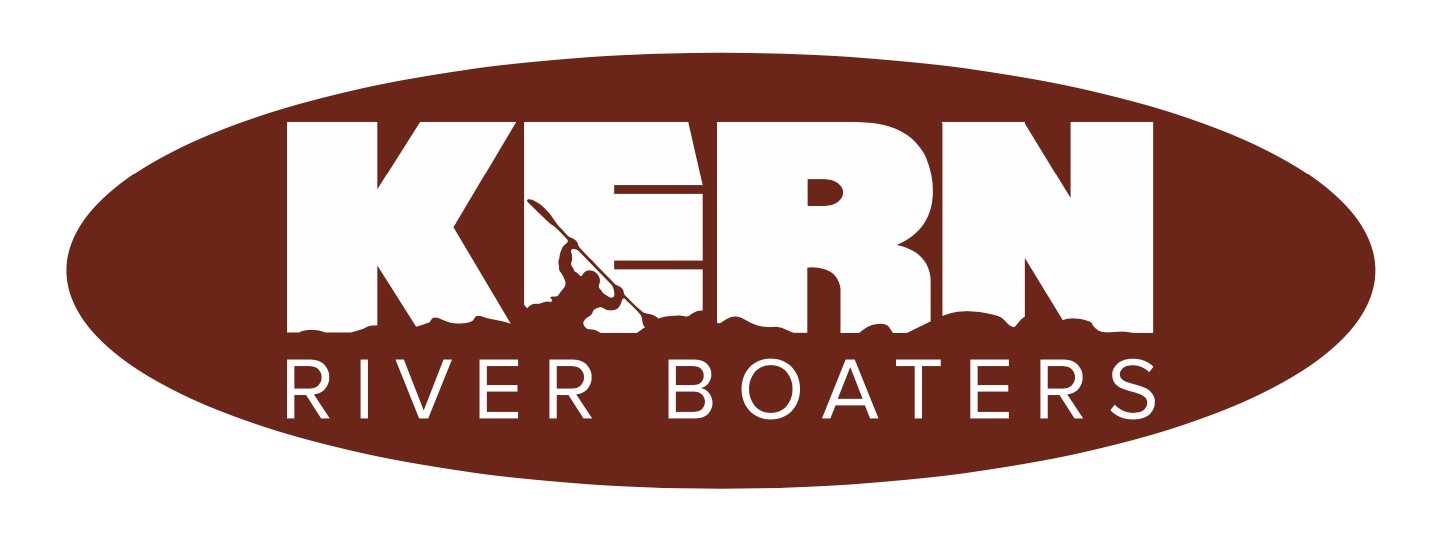When thinking about water years on the Kern, we often identify them as “wet,” or “dry,” or just “average.” But it definitely seems like we get more dry years than wet, and not too many average. How can that be?
According to NOAA, the Kern River drainage provides about 722,000 acre-feet (“722kAF”) of water in an “average” year. But this is a particular kind of average: the arithmetic “mean.”
As used here, the arithmetic mean simply adds up all the water in the drainage in a given number of years and divides that sum by the given number of years.
But the arithmetic mean is not always the most appropriate method to determine a representative quantification of the most likely or typical conditions.
In cases where the distribution of outcomes is not generally symmetrical but is instead skewed by “outlier” data, the arithmetic “median” is the more appropriate description of conditions at the center of the distribution.
The median is calculated by lining up the data in series and pointing out the figure in the middle of the series. Half of the data is above this figure; half below. When outliers skew the distribution of data, the median is far more representative of what is likely or typical than the mean.
According to NOAA, the median inflow for the Kern drainage is not 722kAF, but much, much less: 464kAF, just 64.3% of the mean. That is why a large majority of years on the Kern seem to users be “below average” or dry. About two-thirds of the time, a water year on the Kern will fall below the mean; half the time it falls more than 35% below the mean. Proper statistics tells us that many, many more years are closer to 50% than 100% of the mean on the Kern.
source: NOAA


